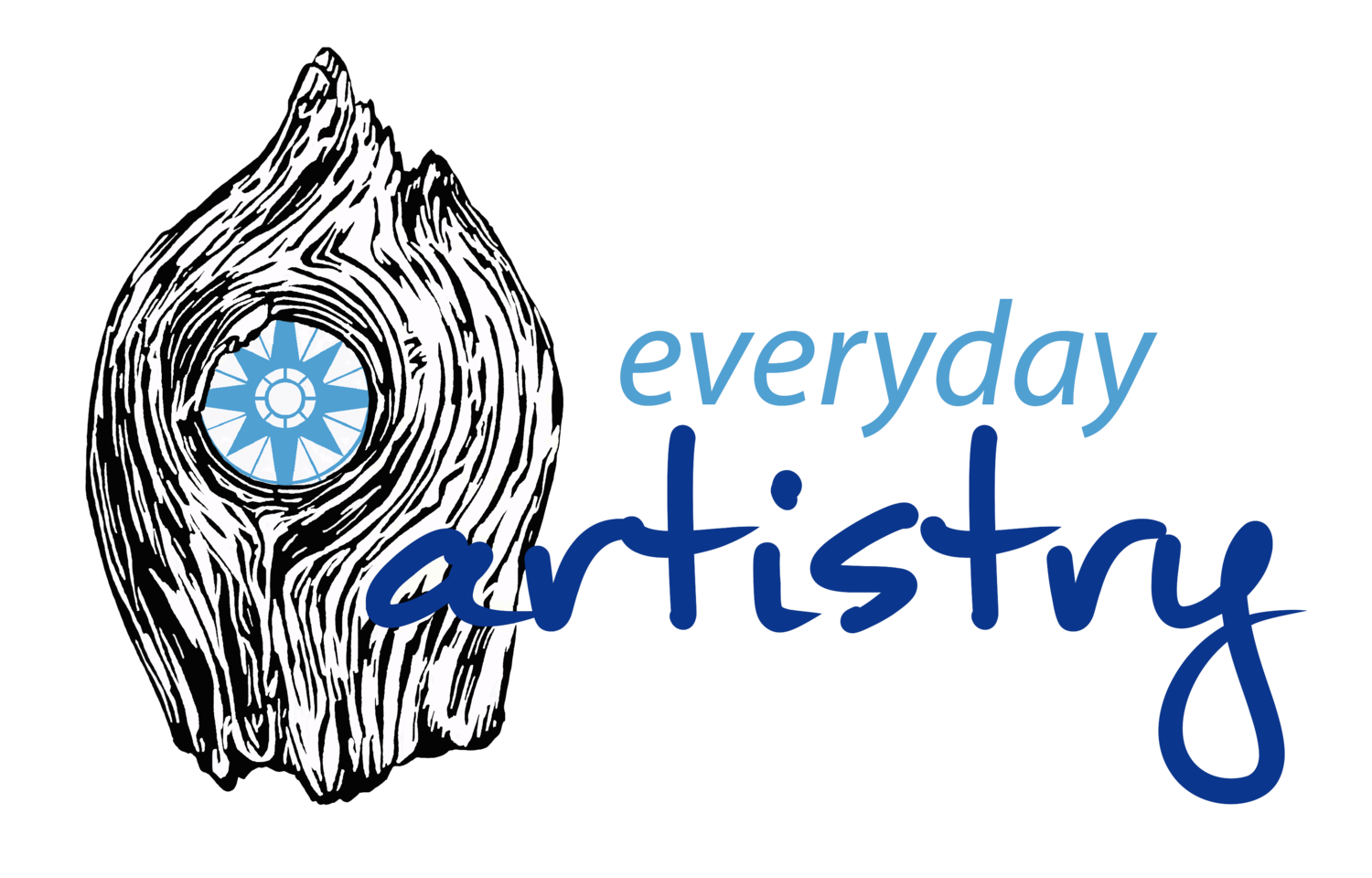While I don’t consider myself much of a risk-taker, I do enjoy the odd risky activity. Every time I get on a snowboard I ask myself, “Who invented this? Who woke up one day and thought it would be a good idea to slide down a mountain on tiny slippery boards?” It seems completely bonkers insane and yet it is so much fun. It feels good to go fast, but I think the biggest appeal for me is that it keeps me 100% in the present moment. It’s a beautiful way to be mindful of what my body is doing, and to practice changing my habitual patterns of thinking.
When I’m hurtling down a mountain at 40km/h I really need my mind to be on my side. The same is true when I’m flying down the highway on a motorcycle, or navigating a series of rapids in a kayak (though I’ve traded kayaking for white-water rafting). In learning to ride and paddle, I’ve picked up some powerful lessons that carry through to the rest of my life. Here are my favourites:
Lesson #1: Look where you want to go
The first thing we learned when we took our kayaks out on the river turned out to be the exact same thing we were taught in my motorcycle course: keep your head up and look where you want to go.
When kayaking, you need to be aware of the obstacles ahead - the giant boulder, the fallen tree, the whirlpool - but you never want to look straight at them. Instead, you point your eyes and body in the direction of the safest path.
Because wherever you’re looking is where you’re going to go.
In my motorcycle course they made us do these big exaggerated head turns every time we turned a corner, to make sure that we were looking around the turn before we started turning the wheel. We heard stories of riders who were staring so intently at the rider in front of them that they followed them off the road on a sudden turn. And we learned that we were much more stable on our bikes when we looked toward the horizon than down at the ground, or even at someone in front of us.
If you’ve ever been driving a car past an accident and turned to look at it, only to feel the car veering off in that direction, you know what this feels like. Our bodies follow our eyes. I can tell that whenever I struggle with making a tight turn on my bike, it’s because I didn’t turn my head enough or keep my eyes up.
Mindset shift: What you focus on is what you create. If you don’t want to crash into the rocks then stop staring at them. Don’t look at all the reasons why you might fail at any given project. Instead, look at what you want the outcome to be. Let the obstacles be present in your peripheral vision but don’t give them your full attention. Look up towards the horizon and all that is possible.
Lesson #2: Ride the skate
Last summer I rode my motorbike on gravel for the first time. We had trailored the bikes to a friend’s cabin in Saskatchewan and were planning on riding to another friend’s place. The only problem was there were 10km of gravel roads between us and our destination. I was super nervous. Just as we were getting ready to leave our friend’s dad came over to wish us well and when I mentioned I was nervous he shrugged and said, “As long as you just ride the skate, you’ll be fine.”
This was the best thing I could have heard at that moment. If he hadn’t said that, I probably would have white-knuckled it the whole way there, tensing up and trying to keep the bike moving in a straight line. Instead, I resolved to stay relaxed. Remembering lesson #1, I looked at the horizon, not down at the loose gravel. I kept a loose grip on the handlebars, letting them shift and shake in my hands. I kept breathing. The bike wobbled and shifted but I found that I was able to let it be. It turned out that riding on gravel wasn’t as scary as I’d thought!
Mindset shift: Stay loose and embrace the wobbles that will inevitably come. When you tense up and try to control what’s happening you actually end up having less control, and are more likely to get hurt. Instead, take a breath, relax your grip, and ride it out.
Lesson #3: Lean into it
In all three activities - snowboarding, motorcycle riding, and kayaking - you turn by shifting your weight and leaning your body. The problem I found with leaning is that my brain tends to equate it with tipping and falling. Every time I practiced turning I had to overcome some very strong fear signals telling me that I was heading for disaster. Each time, I had to trust that the board, bike, or boat would do what I wanted and I would be okay. It was not easy.
Whether I was trying to pull into an eddy on the side of the river, swerve around an obstacle on the motorbike, or carve back and forth on the snowboard, I had to take a risk and lean into it. If I gave into fear and pulled back, I would get hurt. But if I stayed focused on my technique, looked where I wanted to go, relaxed and stayed loose, I would turn successfully and feel amazing.
Mindset shift: Trust that leaning doesn’t always mean falling. Trust that you have the ability to maneuver yourself through any challenges. Take a risk, go deep, and find satisfaction in moving through the fear instead of letting it stop you.


